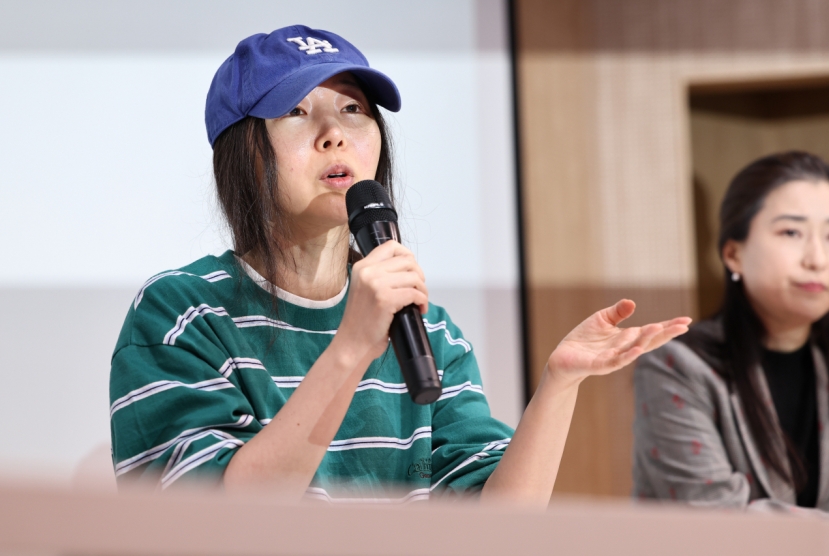[Weekender] Seosomun Martyrs’ Shrine birthplace of Korean Catholics
By Korea HeraldPublished : Aug. 8, 2014 - 21:45
Pope Francis is to visit Seosomun Martyrs’ Shrine before presiding over the beatification Mass in Gwanghwamun Square on Aug. 16.
Seosomun Martyrs’ Shrine occupies a central place in the history of Catholicism in Korea. During the 19th century, an estimated 10,000 Catholics were martyred across the country as a crackdown on Catholicism intensified amid power struggles, foreign intervention, and ideological conflict that put the converts at odds with the reigning Joseon state.
Many Catholics who were executed during this period lived out their final moments in front of Seosomun, one of eight historic gates surrounding Hanyang, the capital of Joseon. The Joseon state had long used the crossroads outside Seosomun Gate as a public execution ground.
Seosomun Martyrs’ Shrine occupies a central place in the history of Catholicism in Korea. During the 19th century, an estimated 10,000 Catholics were martyred across the country as a crackdown on Catholicism intensified amid power struggles, foreign intervention, and ideological conflict that put the converts at odds with the reigning Joseon state.
Many Catholics who were executed during this period lived out their final moments in front of Seosomun, one of eight historic gates surrounding Hanyang, the capital of Joseon. The Joseon state had long used the crossroads outside Seosomun Gate as a public execution ground.
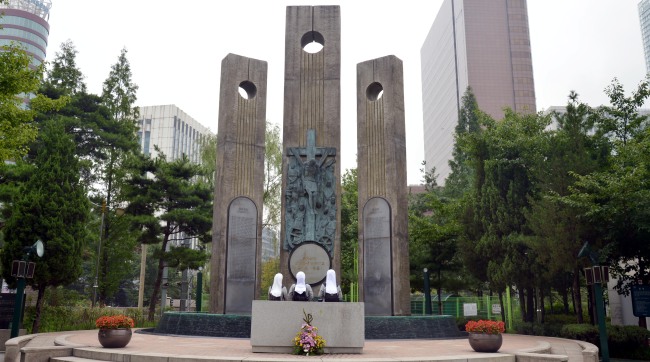
Yi Seung-hun, the first Korean be baptized and founder of the first Roman Catholic Church in the country, was among those martyred at Seosomun during the Catholic Persecution of 1801, the first in a series of crackdowns that put Catholics on death row.
Today, Seosomun Martyrs’ Shrine, the largest shrine dedicated to the victims of 19th-century persecution, is revered by the country’s Catholic community. Of the 103 people canonized by Pope John Paul II during his visit to Korea in 1984, 44 were martyred at Seosomun. Additionally, 25 out of 124 martyrs approved for beatification by the Vatican in February this year were beheaded at the gate.
A memorial tower dedicated to martyrs of Seosomun can be found in the public park, which stands on the former execution ground. The gate itself was torn down under the Japanese colonial occupation. The Seosomun Martyrs’ Shrine is a stop along a customary pilgrimage route for Catholics, along with the Jungnimdong Yakhyeon Catholic Church, which oversees the shrine.
By Moon Young-hoon (ymoon@heraldcorp.com)
-
Articles by Korea Herald



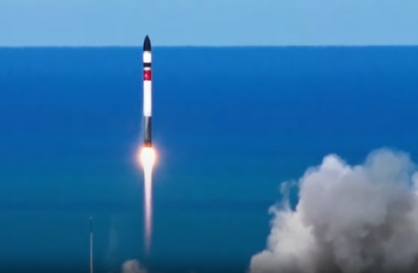
![[Herald Interview] 'Amid aging population, Korea to invite more young professionals from overseas'](http://res.heraldm.com/phpwas/restmb_idxmake.php?idx=644&simg=/content/image/2024/04/24/20240424050844_0.jpg&u=20240424200058)
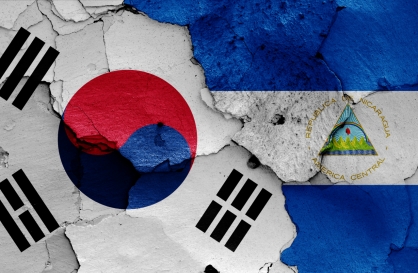
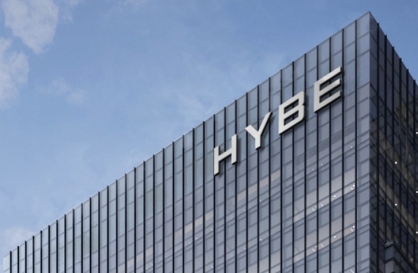
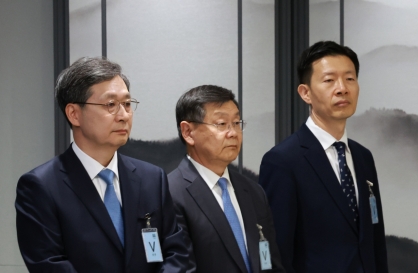
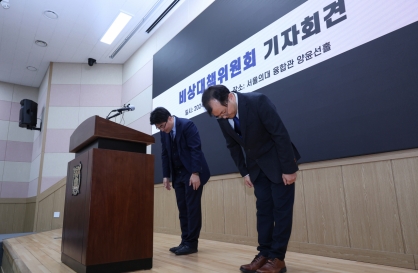
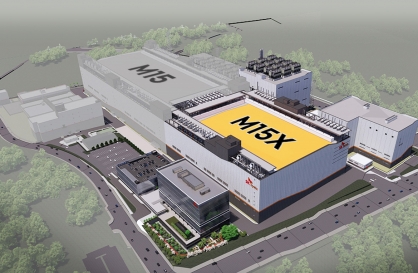
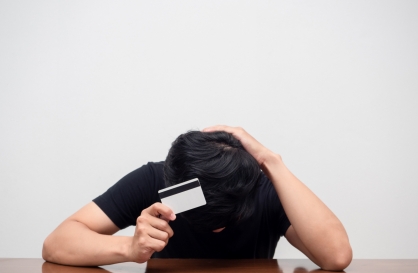
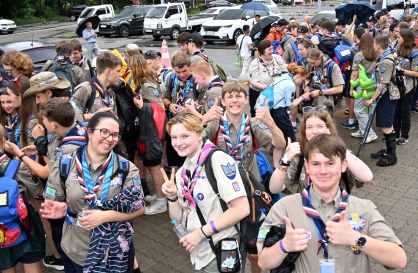
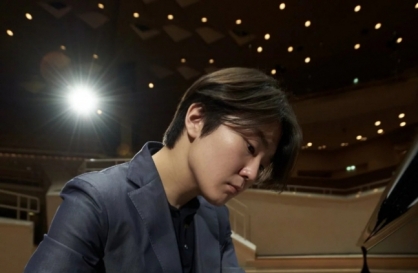


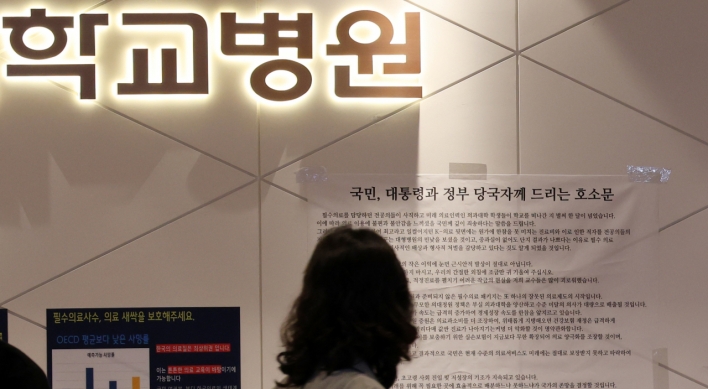
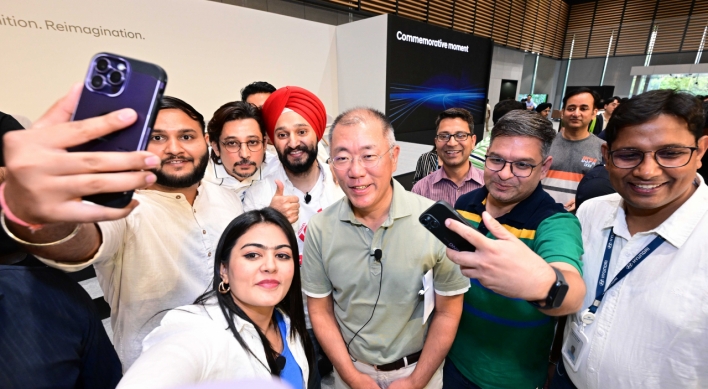

![[KH Explains] Korean shipbuilding stocks rally: Real growth or bubble?](http://res.heraldm.com/phpwas/restmb_idxmake.php?idx=652&simg=/content/image/2024/04/25/20240425050656_0.jpg&u=)

